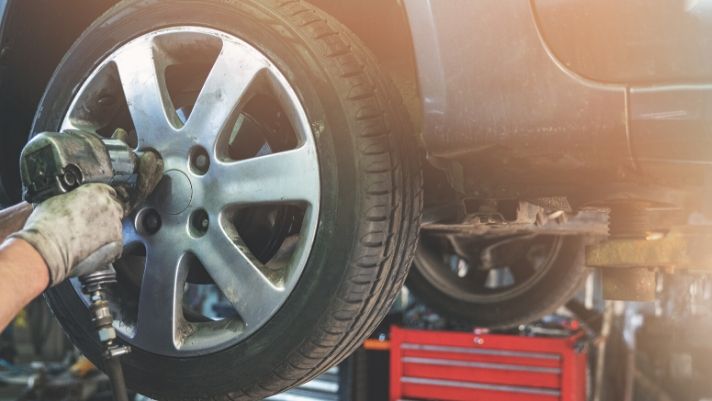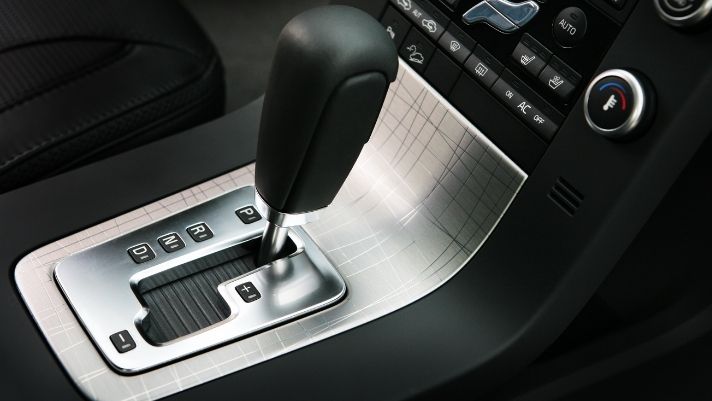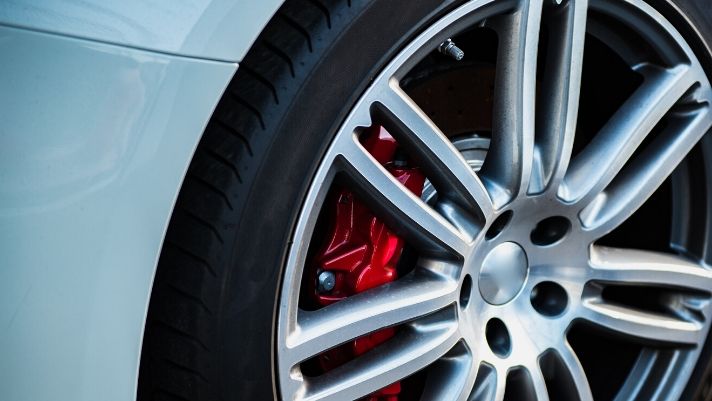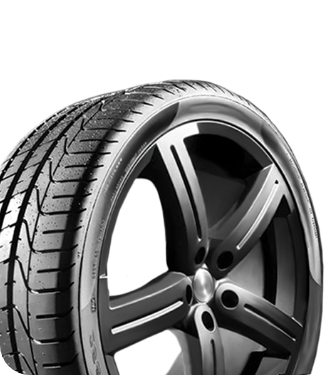

Understanding How an Automatic Transmission Works
Misc. |When it comes to discussing the inner mechanics of our cars, the term “automatic” is very common. But, even so, few drivers are aware of what this word actually refers to. Most modern cars include features such as automatic braking and automatic blind-spot detection. However, more often than not, when someone calls a car automatic, they’re talking about the transmission. These are the basics of this now-standard feature and what you need to know to understand how an automatic transmission works.
WHAT IS AN AUTOMATIC TRANSMISSION?
To begin, a vehicle’s transmission is responsible for funneling the energy from the engine to other vital areas of the machine. The wheels, speed, fuel consumption, and RPMs are just a few of the features that the transmission controls. In vehicles with manual transmissions, the driver must actively switch the transmission’s gears to regulate how much energy is diverted to these various sections. However, an automatic transmission will perform this task on its own as you either speed up or slow down. This reduces the long-term stress on the gears and makes the car easier to handle as a whole.
COMPONENTS OF AN AUTOMATIC TRANSMISSION
But to fully understand how an automatic transmission works, you need to know more about its different components. Since automatics don’t require any action from the driver, it naturally has a few extra parts to receive information as you drive. These are some of the devices that make up an automatic transmission and what job they each perform:
GEARS
Just like manual transmissions, automatics have gears to help divert power to the proper areas. However, unlike manuals, these devices only use a single gearset that adjusts slightly to direct the energy. This makes the transmission much more compact and easier overall for the car’s computer to control.
SENSORS AND HYDRAULICS
Automatics are also built with sensors and hydraulic system to adjust the gears. The sensors will determine how fast the vehicle is moving, and the attached hydraulic system will adjust the gears accordingly.
GEAR PUMP
Once the gears are in the proper place, the gear pump will then begin pushing transmission fluid through them. This substance acts as both a lubricant that facilitates gear movement and a coolant that prevents the transmission components from overheating.
TORQUE CONVERTER
This type of transmission uses a torque converter, as well, to make power transfer a bit more efficient and protect the engine from stalling if the car suddenly stops. Transmission fluid will also run through this device and act as a medium to provide the engine with some extra slip. That way, should you have to brake or slow down suddenly, it won’t be as jarring on the engine.
To learn more general information about cars or to purchase a new set of tires, reach out to RNR Tire Express. Our experts love a chance to talk shop and are ready to provide you with all you need to better understand your vehicle. We also specialize in selling top-quality tires in Rock Hill, SC, and can guarantee you’ll always find what you need among our inventory.





